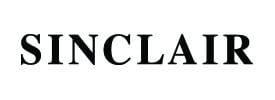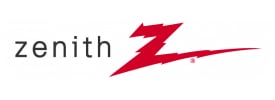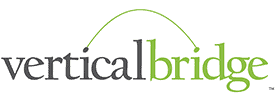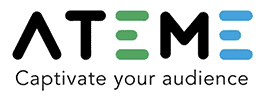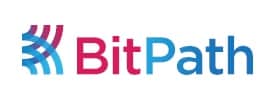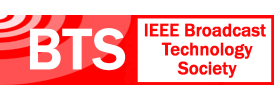- About
- Members
- Sponsors
- Subcommittees
- Technical Documents
- News
- Events
- Spotlight ATSC 3.0
- Contact Us
- Member Login
- Member Meetings
- Advanced Search
Search Site
Member Links
- About
- Members
- Sponsors
- Subcommittees
- Technical Documents
- News
- Events
- Spotlight ATSC 3.0
- Contact Us
- Member Login
- Member Meetings
- Advanced Search
Standards Update
Posted on November 4, 2014 in ATSC News
Out With (some of) The Old, In With The New
Most of the news this month with ever-evolving ATSC standards concerns “coming attractions,” based on activities that are underway.
Existing Standards
“ATSC policies suggest reviewing published standards every five years, and a number of documents relating to the original ATSC digital TV standard are either at – or have exceeded – the five year point. So we’ve had discussions at the last couple of TG1 meetings about what documents should be revised, reaffirmed, or withdrawn,” explains ATSC Vice President of Standards Development Jerry Whitaker.
In early October, TG1 decided to reaffirm the oldest standard still on the books – A/49, the “Ghost Canceling Reference Signal for NTSC.” Based on the recommendation of the Specialist Group on RF Transmission (TG1/S9), Whitaker will shortly be posting a reaffirmed version of the A/49 standard. The recommendation from S9 was to keep A/49 in force as long as NTSC remains in use.
TG1/S9 also recommended that the A/64-B Recommended Practice, “Transmission Measurement and Compliance for Digital Television” be reaffirmed. That will happen shortly.
Recommended Practice A/54, on the other hand, is on a path toward withdrawal. A/54, the “Guide to Use of the ATSC Digital TV Standard,” was last updated in 2003. “There is a good deal of guidance in this document that is no longer current and in error. Plus, its usefulness to the industry has mostly passed. It’s a major project to update this document because it covers transports, RF, PSIP, Audio, and Video – and thus it would involve nearly all of TG1’s Specialist Groups. The effort to bring it current and correct the errors would have diminishing value to the membership and the industry. So, we have a ballot of TG1 forthcoming to withdraw A/54. Assuming the TG1 ballot is approved, the question would then be put to the full ATSC membership,” Whitaker explains.
Candidate Standards
The next Candidate Standard to be considered by TG1 is A/104 Part 4, titled “Service Compatible 3-D Hybrid Delivery Using Broadband or ATSC Non-Real Time.”
The ballot for A/104 Part 4 is expected to be issued very soon.
Posted in ATSC News
News Categories
News Archives
Subscribe
Subscribe to The Standard, our monthly newsletter. Learn More
Join ATSC
ATSC is a membership organization with both voting and observer categories. Voting members include corporations, nonprofit organizations, and government entities, and they participate actively in the work of ATSC. Observers are individuals or entities not eligible to be a voting member.
Subscribe to our Newsletter
Subscribe to The Standard, our monthly newsletter, to stay up-to-date with ATSC news and events around the world.
Site Links
Contact Us
ATSC
1300 I Street NW, Suite 400E
Washington, DC 20005 USA
Do you have questions about ATSC?
About ATSC
ATSC, the Broadcast Standards Association, is an international, non-profit organization developing voluntary standards and recommended practices for digital terrestrial broadcasting. Serving as an essential force in the broadcasting industry, ATSC guides the seamless integration of broadcast and telecom standards to drive the industry forward. Currently, the ATSC 3.0 Standard is providing the best possible solution for expanding the potential of the broadcast spectrum beyond its traditional application to meet changing needs. From conventional television to innovative digital data services, ATSC has one clear goal: to empower the broadcasting ecosystem like never before.
© 2025 ATSC







